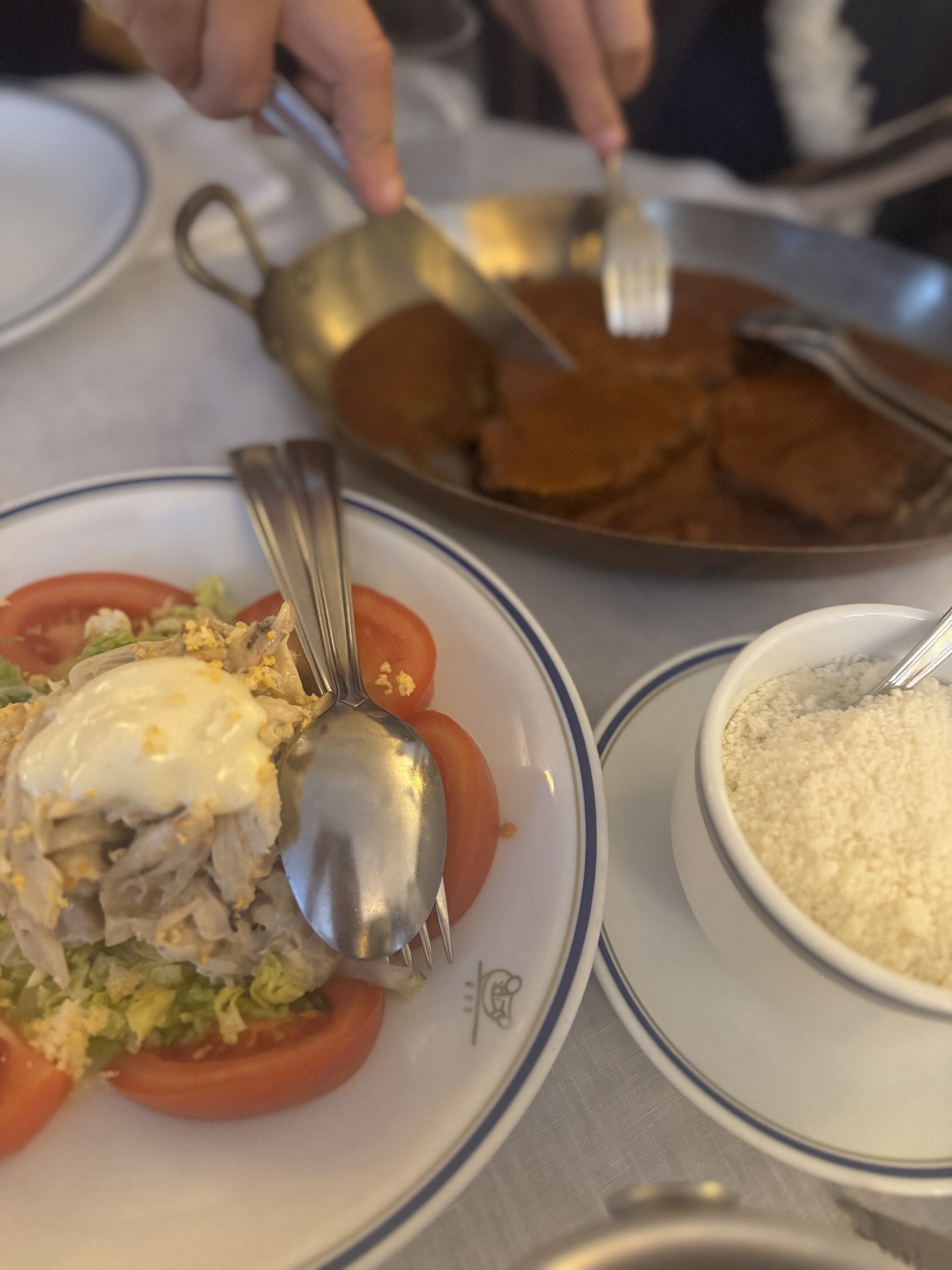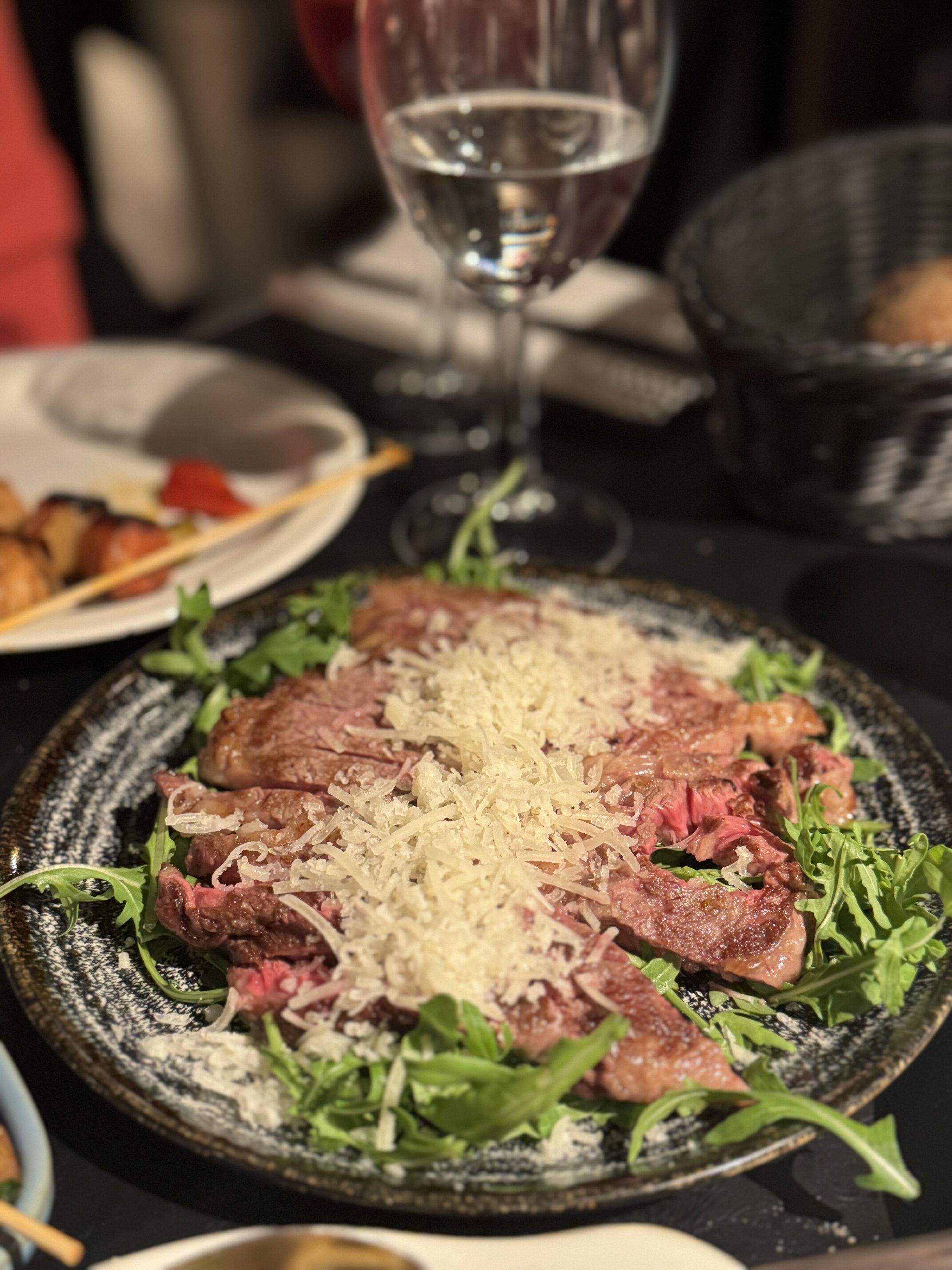
One day many years ago I was expressing my horror at getting in a rickety old telecabin high above the mountains in Iran. My cousin poked fun at me with a mocking Iranian saying that made me laugh – “you love your life too much.” Well yes, I thought, I do. I’m having so much fun. I don’t want it to be cut short. Why is that a bad thing?
I’m one of those life‑loving people who has always strived to be in optimum health at all times. Longevity is my goal and I will pretty much do whatever it takes to get there. Call me a health freak all you like, I will be laughing to the grave with my wrinkly 100‑year‑old self, after thoroughly enjoying life. And if I don’t make it by then, at least I know I tried my best.
My whole adult life I was always 7 stone something. This never changed no matter how much I ate. I took it for granted and then I got pregnant. Soon after giving birth to my baby boy almost two years ago I found myself in the doctor’s office where I was shocked to discover I had gained two stone. Worse still, my bloods revealed I was prediabetic with an HbA1c of 42. In functional medicine, optimum metabolic health requires an HbA1c of 37 or lower.

That number mattered. Glucose spikes – those sharp rises in blood sugar after eating – aren’t just harmless fluctuations. BMJ Open Diabetes Research & Care has published studies showing that greater glycemic variability (including spikes) is linked to oxidative stress, vascular damage, and higher risk of complications. Cardiovascular Diabetology also reports that even modest elevations in HbA1c are associated with increased risk of heart disease and mortality, even in people without diabetes.
Interestingly, some metabolic health experts go further. Dr Alasdair Scott (Selph) and other functional medicine practitioners argue that the true optimal HbA1c range is 30–35 mmol/mol (about 4.9–5.4%), not just under 37. This tighter range, they say, reflects the lowest long‑term risk of cardiovascular disease and metabolic decline. While mainstream organisations like Diabetes UK set their prevention threshold at below 42 mmol/mol, aiming for 30–35 is increasingly seen as the “gold standard” for longevity.

The weight gain, broken nights of sleep, coconut sugar oat cookies devoured during breastfeeding, and my genetic predisposition (my dad has type 2 diabetes) had pushed me into a pre‑diabetic state. Luckily, I managed to lose the 2 stone and reverse my pre‑diabetes in 9 months with the help of the Second Nature NHS app, a low‑carb whole foods diet, better sleep, and daily walks pushing a pram – heavy with baby and shopping (to cheer my sugar-craving self up).
My new HbA1c reading was 37 and I was thrilled. But after a two‑week all‑inclusive holiday with daily desserts, it rose again to 39. That’s when I became obsessed with “glucose hacks” and eventually discovered the Lingo by Abbott app.

Everything about this glucose monitoring gem is exceptional. The biosensor is easy to apply to your upper arm and connects seamlessly to your phone. Suddenly, I could see how high my glucose spikes went every time I ate (or even slept). From using this app, I learned what spiked my blood sugar the most (damn you white rice and naked dates) and the tricks that lessened spikes. These include walking after meals, eating vegetables, fats and proteins before carbs, only having sweet treats as dessert after a meal and never eating “naked carbs” – so an apple with nut butter instead of on its own.
I even had insightful talks with the app’s resident nutritionist Sophie Bertrand to discuss my results which were beyond helpful.
I discovered that diet and lifestyle really do make a difference. Diabetes UK highlights that regular physical activity improves insulin sensitivity, helping glucose move out of the bloodstream and into muscles. Even a brisk 15‑minute walk after meals can blunt spikes. Similarly, Diabetes Care has published evidence that eating fibre‑rich vegetables and protein before carbohydrates slows digestion and reduces the glucose surge. Sleep matters too: poor sleep raises cortisol, which in turn elevates blood sugar.

Other research backs this up. A review in Frontiers in Cardiovascular Medicine explains that post‑meal glucose spikes are a major contributor to cardiovascular disease risk, while the International Journal of Cardiology has shown that both fasting and postprandial glucose increments raise inflammation and oxidative stress biomarkers. Together, these findings make it clear that keeping HbA1c low isn’t just about avoiding diabetes – it’s about protecting long‑term heart and vascular health.
And after diving into all this research, I reached one clear conclusion: sugar and refined carbohydrates are among the worst offenders for metabolic health and longevity. They cause the sharpest glucose spikes, drive insulin resistance, and accelerate the very processes – inflammation, oxidative stress, vascular damage – that shorten lifespan. Cutting back on them, or pairing them with fibre, protein, and healthy fats, is one of the most powerful steps anyone can take to protect their future health.

Each Lingo by Abbott biosensor lasts two weeks, and while you don’t need to use it forever, the insights are invaluable. For me, it was an enlightening, educational process that armed me with knowledge about which foods and combinations are right for my body. And because science shows that flattening glucose spikes and keeping HbA1c in the optimal 30–35 range reduces long‑term risk of cardiovascular disease and metabolic decline, I know this isn’t just about numbers – it’s about protecting my future health.
So yes, I do love my life too much. And thanks to tools like Lingo by Abbott, I plan to keep loving it for a very long time.

